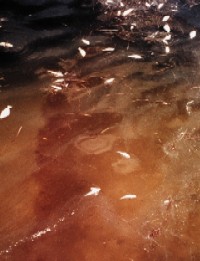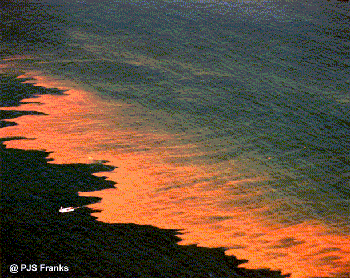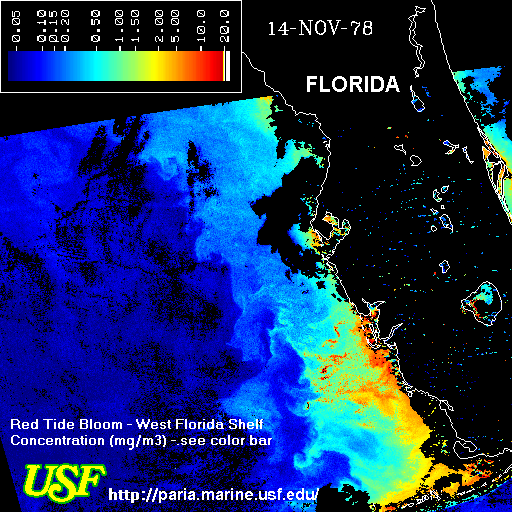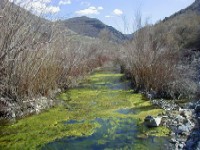What is phycology: Phycology is the science (gr. logos) of algae (gr. phycos). This discipline deals with the morphology, taxonomy, phylogeny, biology, and ecology of algae in all ecosystems
Where are algae abound?
- Kelp forrest up to 50 m hight are the marine equivalent to terrestrial forrest; mainly built by brown algae
- Some algae encrust with carbonate, building reef-like structures; cyanobacteria can from rock-like structures in warm tidal areas: stromatolites
- Algae grow or are attached to animals and serve as camouflage for the animal
- Algae live as symbionts in animals such as Hydra, corals, or the protozoan ciliate Paramecium;
- Small algae live on top of larger algae: epiphyton
- Algae in free water: phytoplankton
- Terrestrial algae
- Algae have adapted to life on land and occur as cryptobiotic crusts in desert and grassland soils or endocryptolithis algae in rocks
- Algae live on the snow cover of glaciers and in the brine channels of sea ice
- A symbiosis of algae and fungi produced the lichens, which are pioneer plants, help convert rock into soil by excreting acids, stabilize desert soil, are sensitive to air pollution
- Algae can cover trees or buildings green or live in the hollow hairs of ice bears
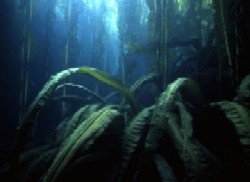

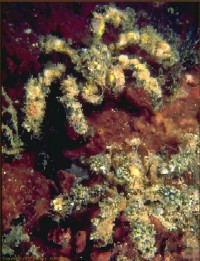
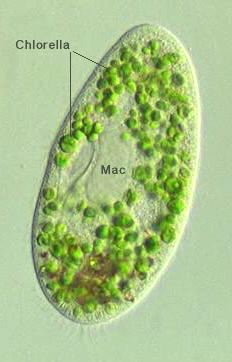
in corals they are referred to as zooxanthellae
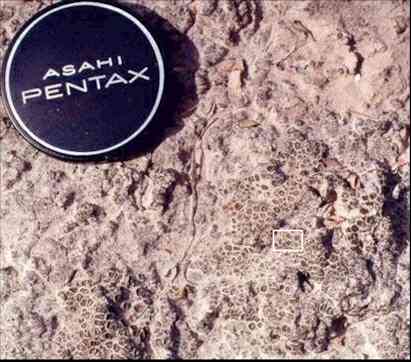
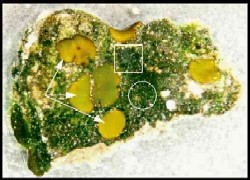
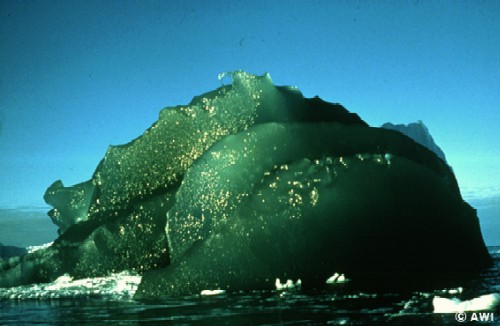
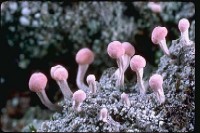
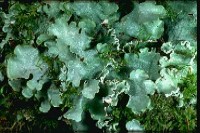
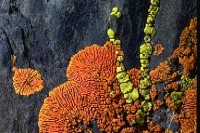
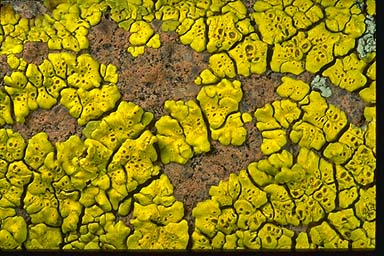
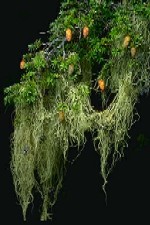
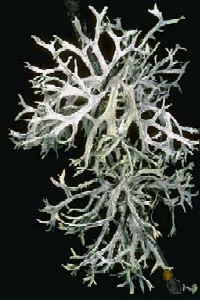

- Algae can be so dominant that they discolor the water
- Higher amounts of nutrients are ususally the cause
- Algal blooms can have harmful effects on life and ecosystem:
- Reduced water clarity causes benthic communities (seegrass) to die off
- Fish kills are common effects
- 50% of algal blooms produce toxins harmful to other organisms, including humans
- Algal blooms produce a shift in food web structure and species composition
- Algal blooms can mostly be linked to sewage input or agricultural activities, leading to nutrient pollution: eutrophication
